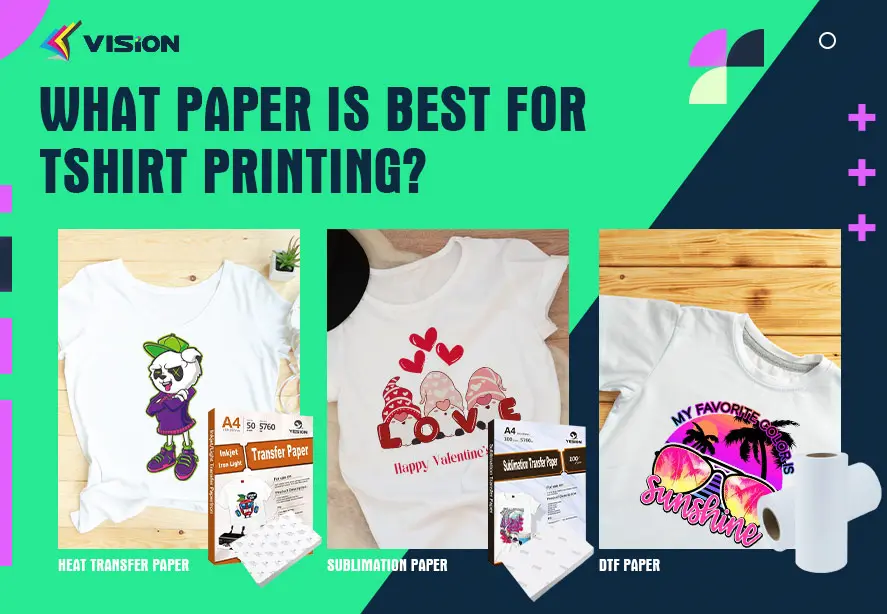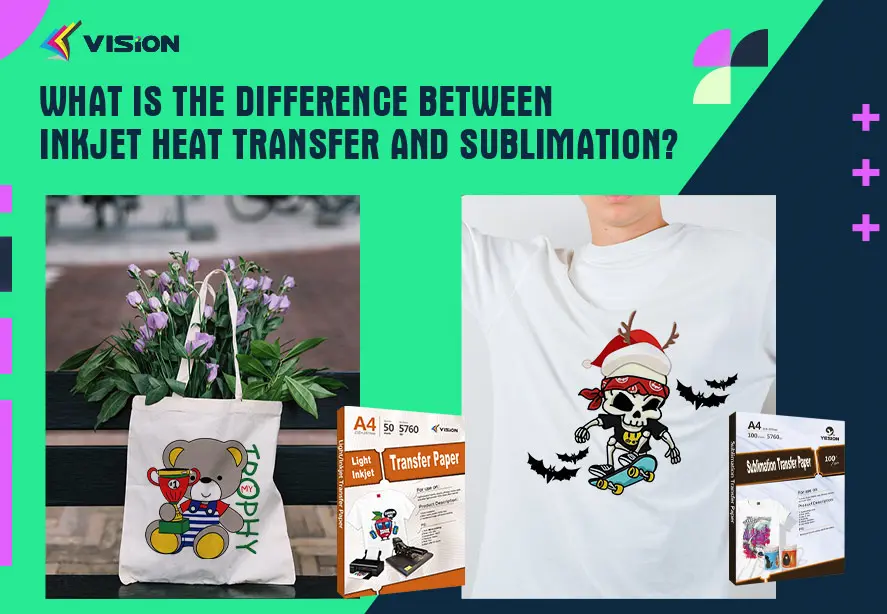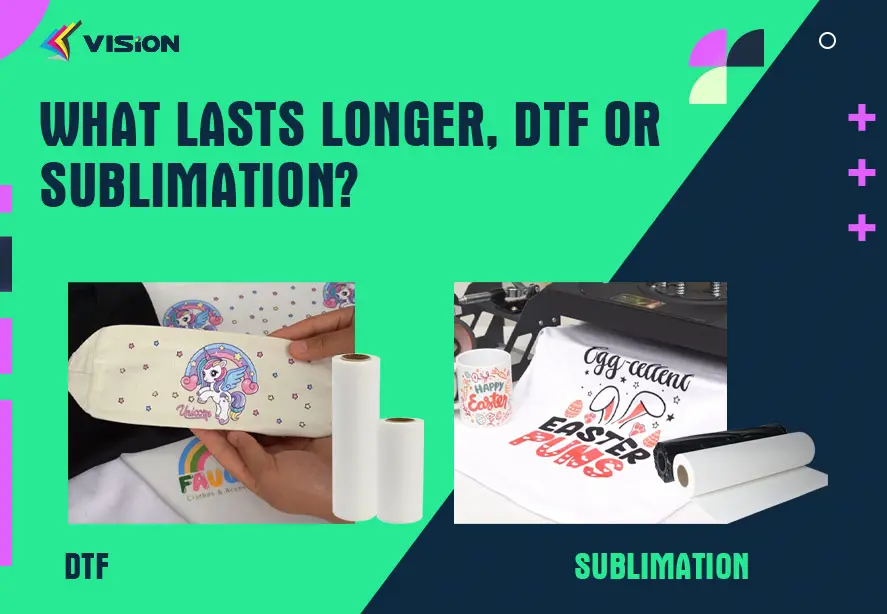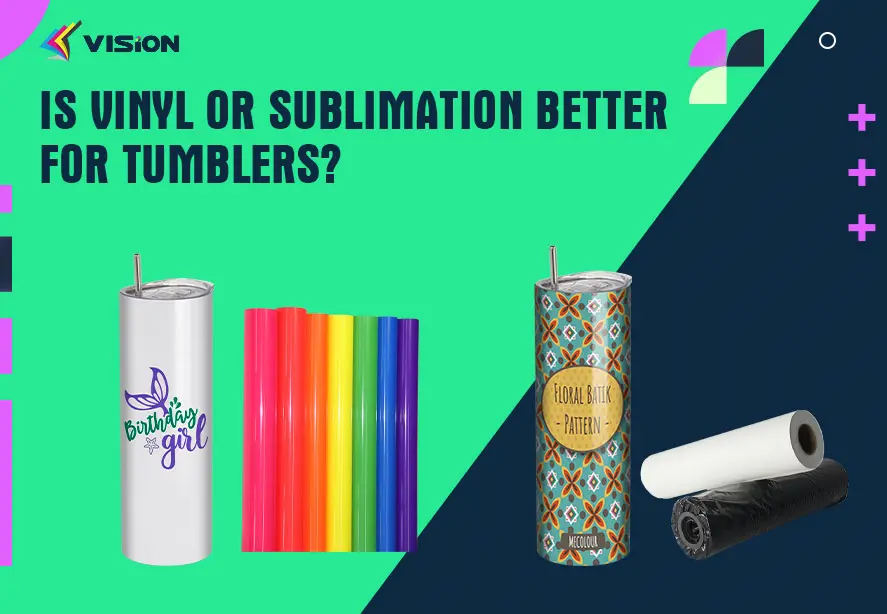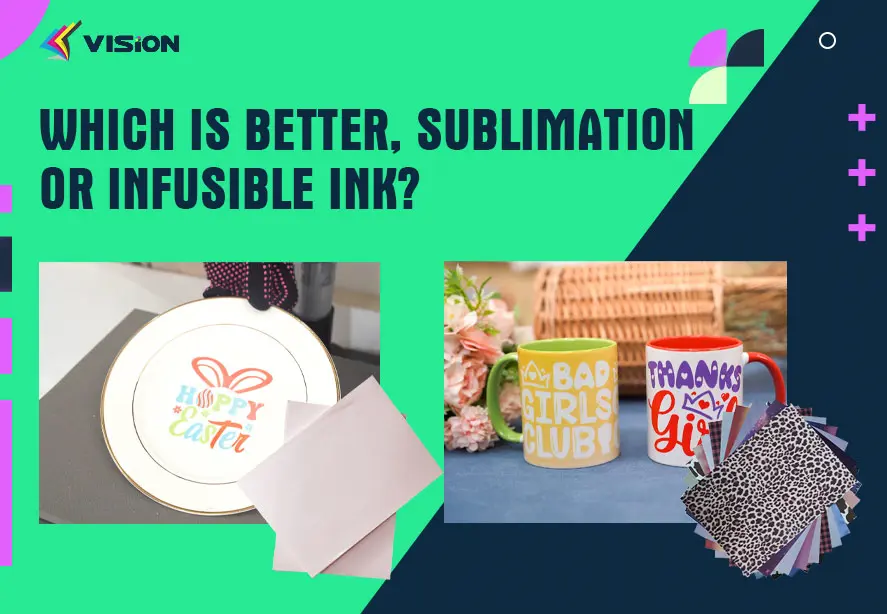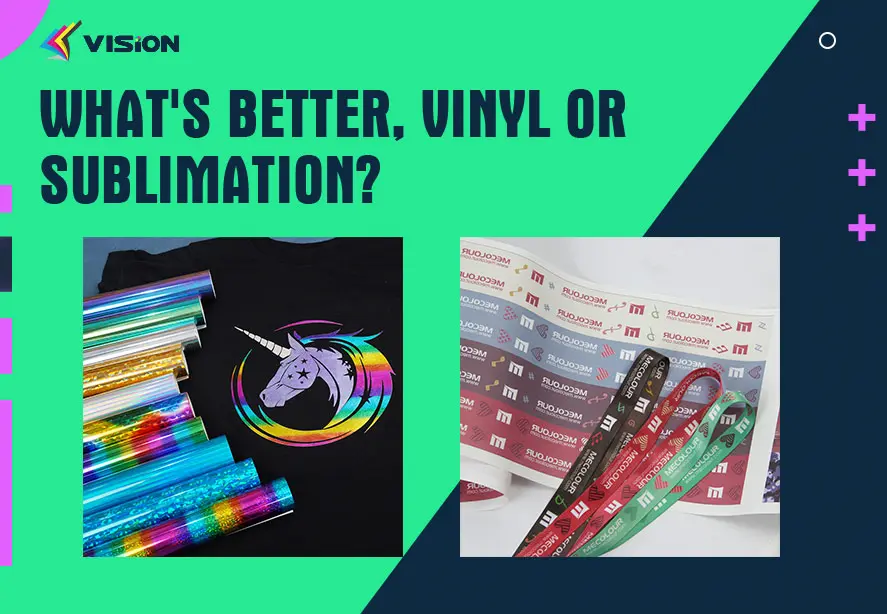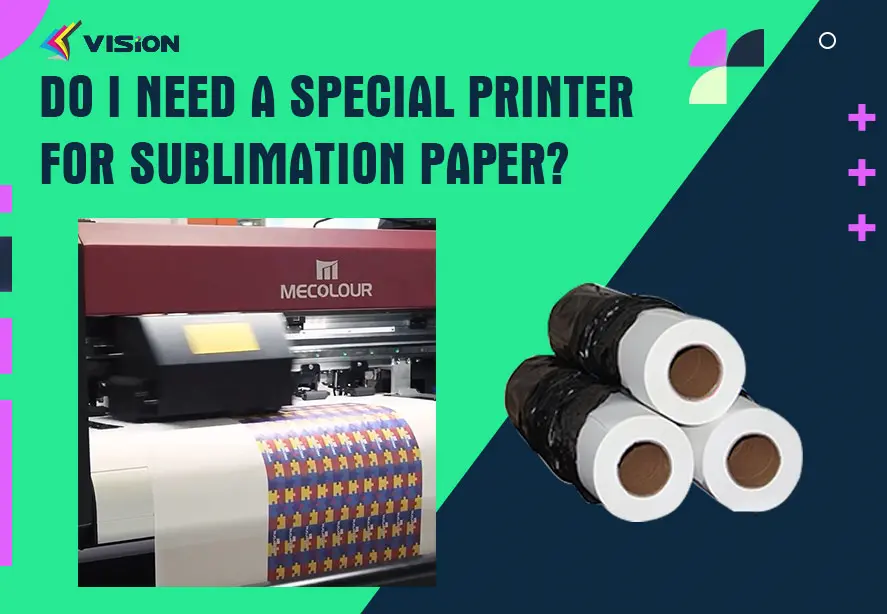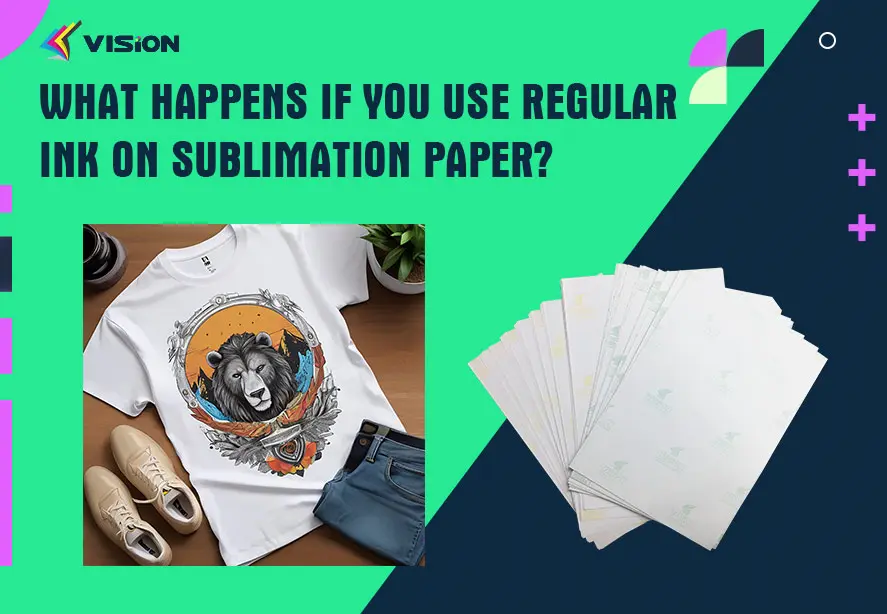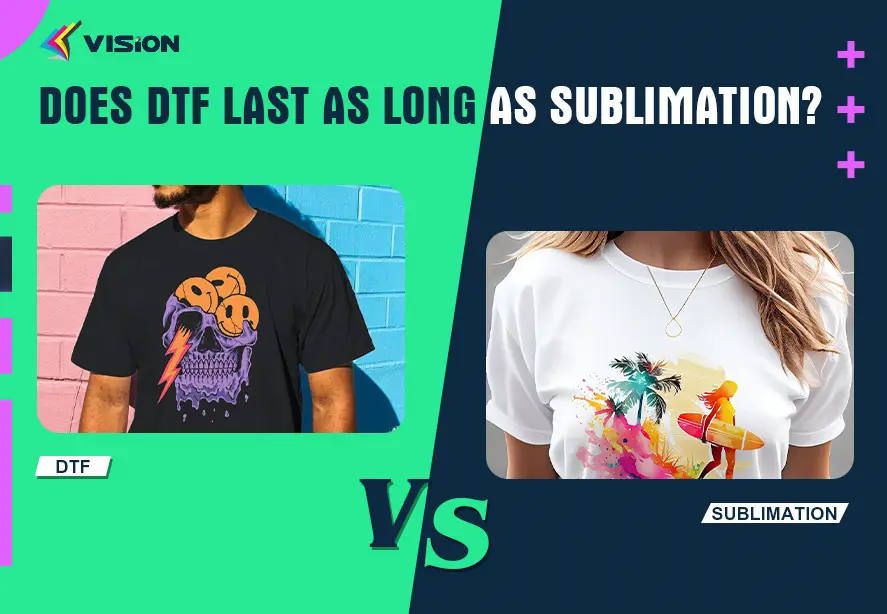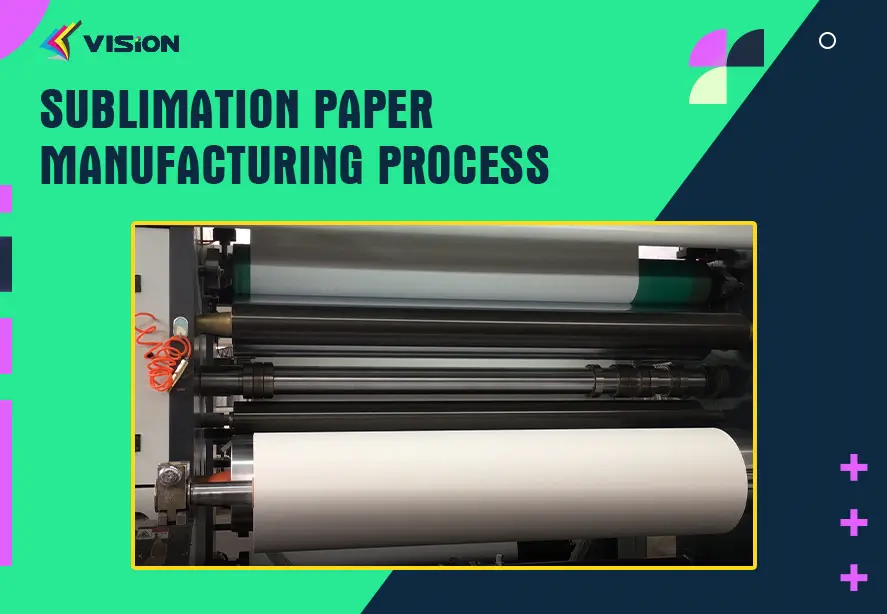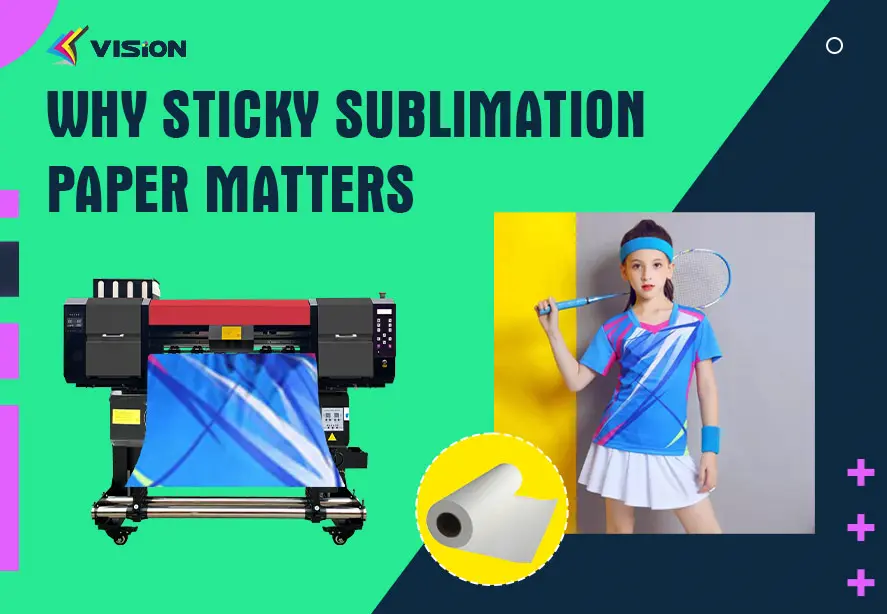Sublimation Printing or Screen Printing,Which Is Better?
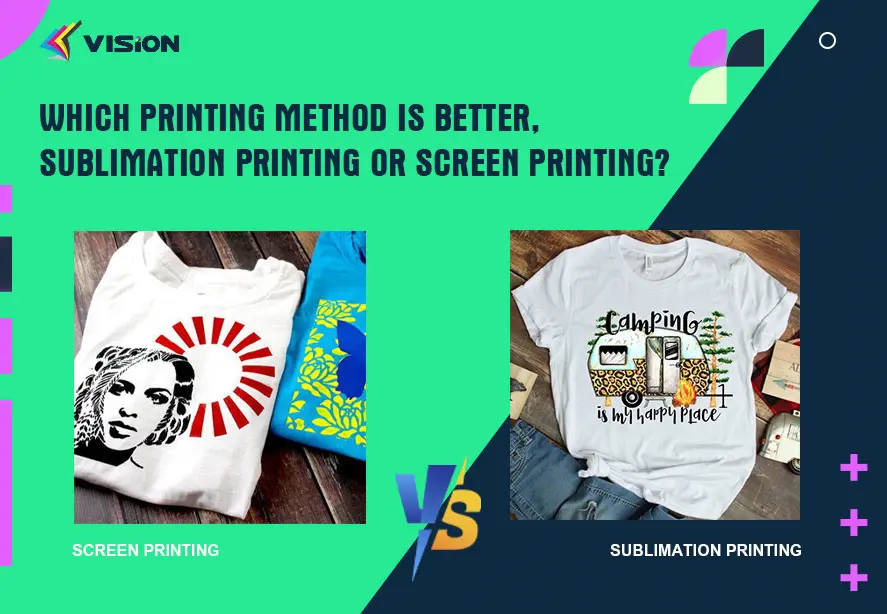
Whether you’re printing custom t-shirts, mugs, or promotional items, selecting the right technique is crucial. Sublimation printing and screen printing are two popular methods, each with its own strengths and weaknesses. Let’s dive into the details to help you decide which one suits your needs best.
What is Sublimation Printing?
Sublimation printing is a fascinating process. It involves transferring dye onto a material using heat. The process starts with a design printed on special sublimation paper using sublimation inks. When this paper is pressed against a substrate (like polyester fabric) and heated, the ink turns into a gas and permeates the material, creating a vibrant and permanent print.
Common Applications
Sublimation printing is widely used for apparel, home décor, promotional items, and more. It’s especially popular for items like custom jerseys, mugs, and mouse pads.
Advantages of Sublimation Printing
High-Quality Output
One of the biggest draws of sublimation printing is the high-quality output. The prints are vivid, with stunning colors and sharp details.
Durability
Sublimation prints are incredibly durable. Since the ink becomes part of the fabric or substrate, it doesn’t fade, crack, or peel over time.
Versatility in Materials
While sublimation printing works best on polyester and polymer-coated substrates, it’s versatile enough for a wide range of products, from clothing to hard goods like mugs and phone cases.
Vision Sublimation Transfer Paper
Disadvantages of Sublimation Printing
Cost Considerations
Sublimation printing can be pricey, especially for small-scale operations. The cost of special inks, papers, and compatible printers can add up quickly.
Limited Material Compatibility
Sublimation doesn’t work on all materials. Natural fabrics like cotton are a no-go, which can be a significant limitation.
Equipment Requirements
Setting up for sublimation printing requires specific equipment, including a heat press and a compatible printer, which can be a substantial initial investment.
What is Screen Printing?
Screen printing, also known as silk screening, is a traditional method that involves creating a stencil (or screen) and using it to apply layers of ink on the printing surface. Each color in the design requires a separate screen.
Common Applications
Screen printing is prevalent in the apparel industry, particularly for t-shirts, but it’s also used for posters, signs, and other flat items.
Advantages of Screen Printing
Cost-Effectiveness for Large Runs
Screen printing is highly cost-effective for large print runs. Once the screens are set up, printing in bulk is relatively inexpensive.
Vibrant Colors and Opacity
Screen printing delivers vibrant colors with excellent opacity. The inks used are thick, ensuring bright and bold prints.
Wide Range of Compatible Materials
Screen printing works on a wide range of materials, from fabrics to plastics and even wood, making it incredibly versatile.
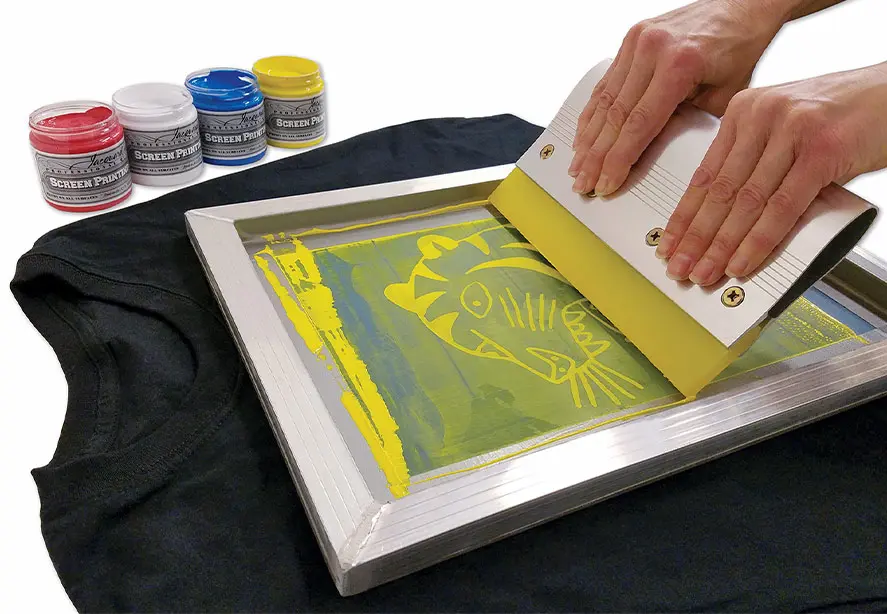
screen printing
Disadvantages of Screen Printing
Labor-Intensive Process
The setup process for screen printing can be labor-intensive. Each color in the design requires a separate screen, making the preparation time-consuming.
Limited Detail and Resolution
While screen printing is excellent for bold designs, it struggles with fine details and high-resolution images.
Environmental Impact
Screen printing involves the use of chemicals for cleaning screens and disposing of inks, which can have a negative environmental impact.
Comparing Sublimation and Screen Printing
Quality of Print
When it comes to print quality, sublimation stands out for its ability to produce highly detailed, vibrant images that are embedded into the substrate. Screen printing, while offering bold colors, can’t match the detail and resolution of sublimation.
Cost Efficiency
Screen printing is generally more cost-effective for large runs due to the low cost per print once screens are prepared. Sublimation, on the other hand, can be more expensive, especially for smaller quantities.
Material Compatibility
Screen printing wins in terms of material compatibility, working well on a variety of surfaces. Sublimation is limited to polyester and polymer-coated materials, which can be a drawback if you’re looking to print on natural fabrics like cotton.
Speed and Efficiency
For bulk orders, screen printing is faster and more efficient once the setup is complete. Sublimation printing, however, is more straightforward and quicker for smaller runs and intricate designs.
Environmental Impact
Sustainability is becoming increasingly important. Sublimation printing is relatively eco-friendly since it doesn’t require water or chemicals. Screen printing, however, involves the use of various chemicals and significant water for screen cleaning, posing environmental concerns.
Choosing the Right Method for Your Needs
Choosing between sublimation and screen printing depends on your specific needs. Consider factors like the type of material you’re printing on, the quantity of prints, your budget, and the desired quality.
Practical Examples and Case Studies
For instance, if you’re a small business looking to print detailed designs on a limited number of polyester t-shirts, sublimation might be your best bet. On the other hand, if you’re producing hundreds of cotton t-shirts with a simple logo, screen printing could be more cost-effective.
Conclusion
Both sublimation and screen printing have their own sets of advantages and disadvantages. Sublimation offers unparalleled print quality and durability, ideal for detailed and vibrant designs on polyester. Screen printing is cost-effective for large runs and works on a wider variety of materials, making it a versatile option. By understanding the strengths and limitations of each method, you can make an informed decision that best suits your printing needs.
Related:
Is DTF better than screen printing?
Heat Transfer Vinyl vs. Screen Printing: Comparison


